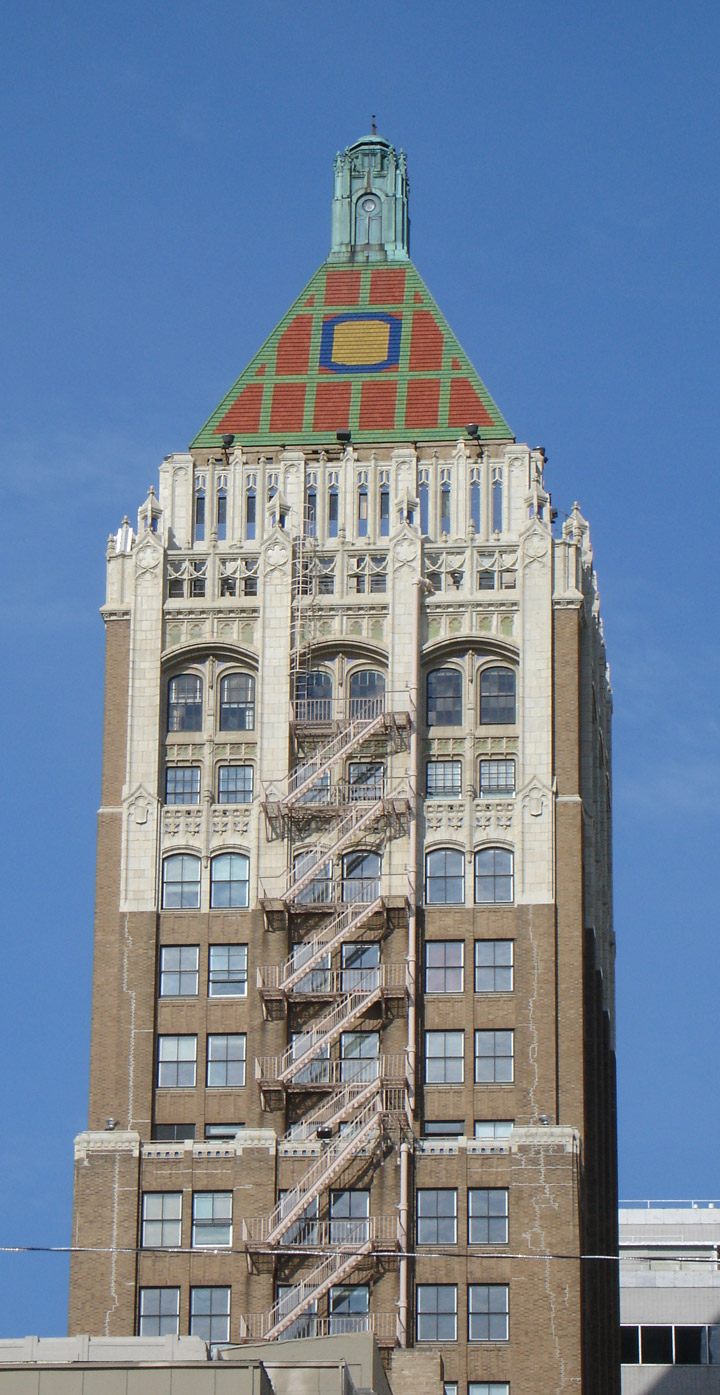

Tulsa

BOK tower
Tulsa, Oklahoma
Tulsa is the second-largest city in the state of Oklahoma and 45th-largest in the United States. With an estimated population of 384,037 in 2007, it is the principal municipality of the Tulsa Metropolitan Statistical Area, a region of 905,755 residents projected to reach one million between 2010 and 2012. In 2007, the Tulsa-Bartlesville Combined Statistical Area had a population of 955,643 residents. The city serves as the county seat of Tulsa County, the most densely populated county in Oklahoma, and extends into Osage, Rogers, and Wagoner counties.
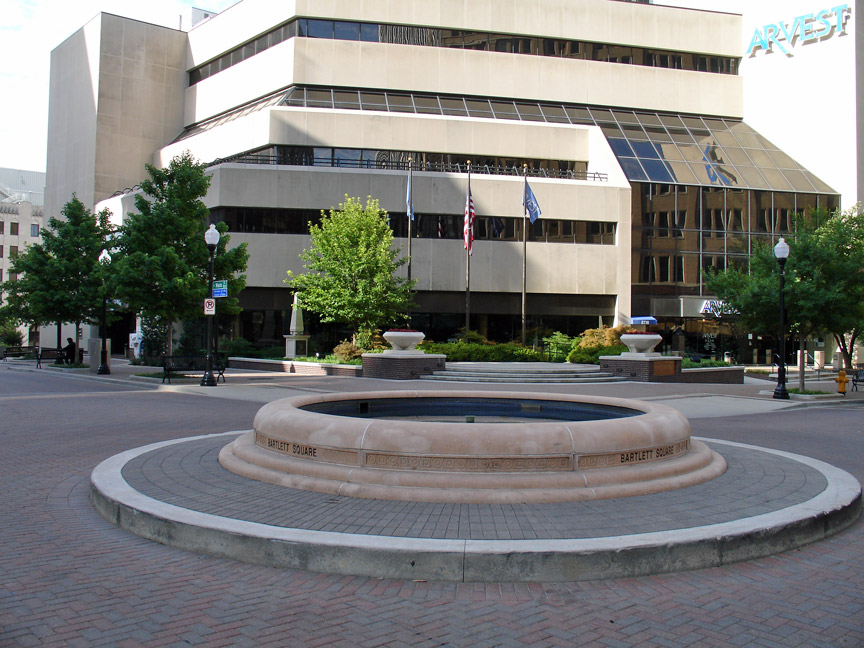
Tulsa was first settled in the 1830s by the Creek Native American tribe. In
1921, it was the site of the infamous Tulsa Race Riot, one of the largest and
most destructive acts of racial violence in the history of the United States.
For most of the 20th century, the city held the nickname "Oil Capital of the
World" and played a major role as one of the most important hubs for the
American oil industry. Tulsa has been credited as the birthplace of U.S.
Route 66 and the home of Western Swing music.

Once heavily dependent on the oil industry, economic downturn and subsequent
diversification efforts created an economic base in the energy, finance,
aviation, telecommunications and technology sectors. The Tulsa Port of
Catoosa, at the head of the McClellan-Kerr Arkansas River Navigation System, is
the most inland riverport in the U.S. with access to international
waterways. Two institutions of higher education within the city operate
at the NCAA Division I level, Oral Roberts University and the University of
Tulsa.
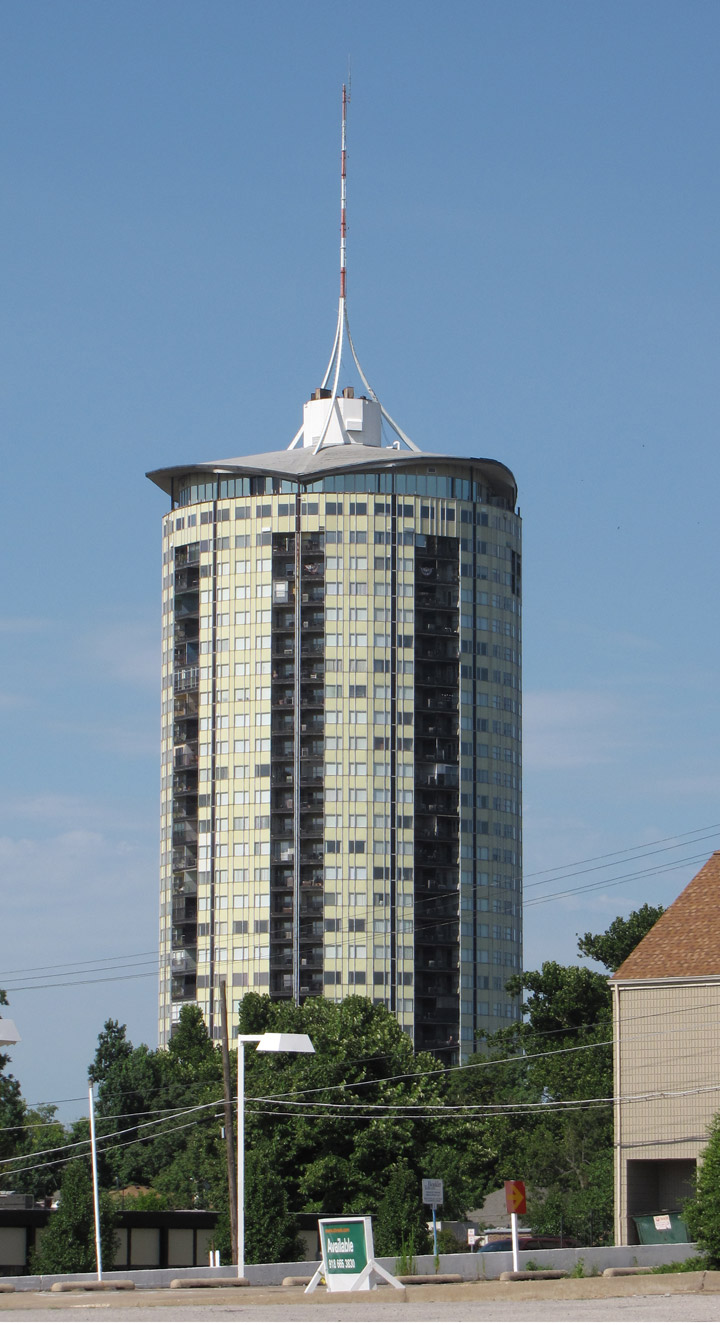
Located in Tornado Alley, the city frequently experiences severe weather. It is
situated on the Arkansas River at the foothills of the Ozark Mountains in
northeast Oklahoma, a region of the state known as "Green Country." Considered
the cultural and arts center of Oklahoma, Tulsa houses two world-renowned art
museums, full-time professional opera and ballet companies, and one of the
nation's largest concentrations of art deco architecture. The city has been
called one of America's most livable large cities by Partners for Livable
Communities, Forbes, and Relocate America. People from Tulsa are
described as "Tulsans."
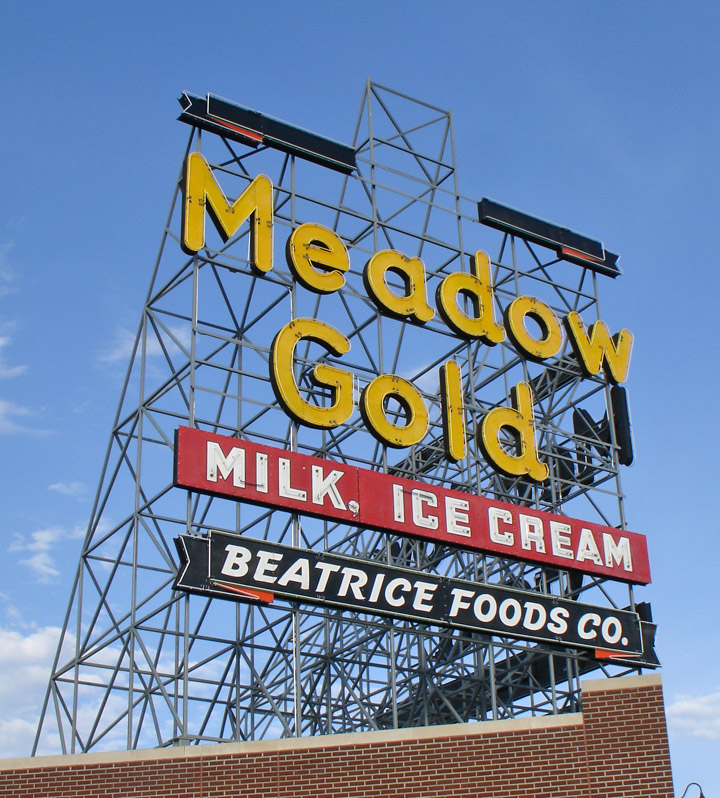
The Meadow Gold sign greeted Route 66 travelers in Tulsa for
decades.
More Photos of the Meadow Gold sign
What was ultimately to become Tulsa was originally part of Indian
Territory and was first settled by the Lochapoka and Creek tribes in 1836. They
established a home under a large oak tree at the present day intersection of
Cheyenne Avenue and 18th Street, and named their new settlement "Tallasi",
meaning "old town" in the Creek language, which later became "Tulsa". On
January 18, 1898, Tulsa was officially incorporated and elected its first mayor,
Edward Calkins.

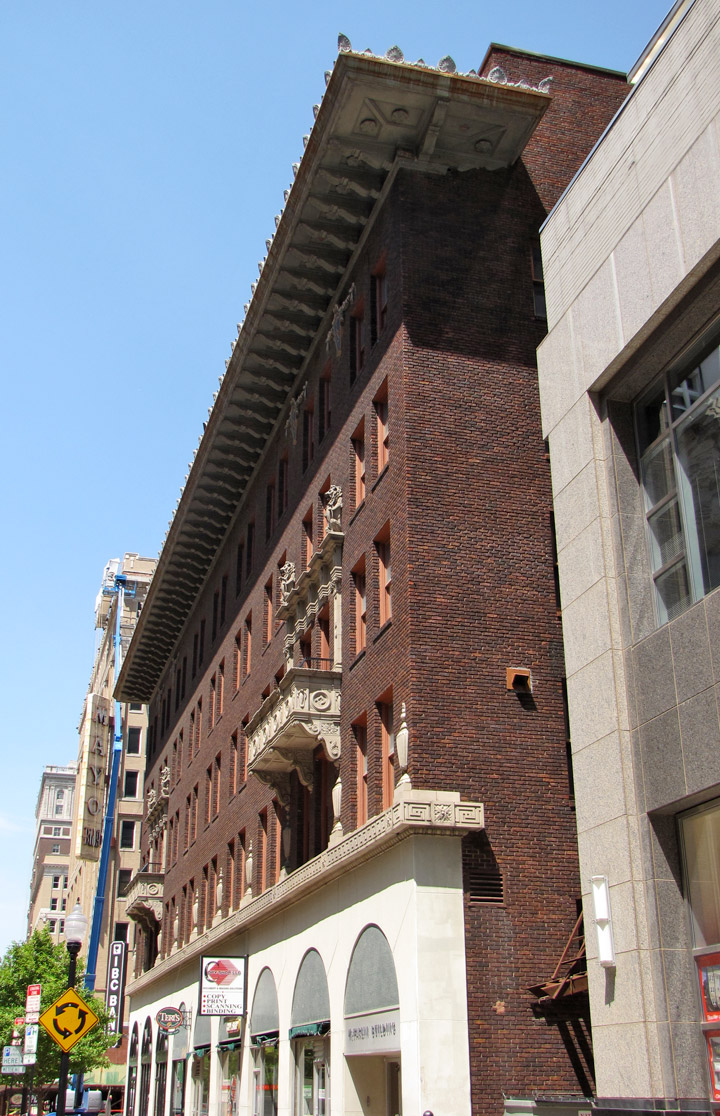

A small town near the banks of the Arkansas River in 1901, Tulsa's first oil
well, named Sue Bland No. 1, was established that year. By 1905, the discovery
of the large Glenn Pool nearby (site of the present day town of Glenpool)
prompted a rush of entrepreneurs to the area's growing number of oil fields;
Tulsa's population swelled to over 140,000 between 1901 and 1930. Known as the
"Oil Capital of the World" for most of the 20th century, the city's success in
the energy industry prompted construction booms in the popular Art Deco style of
the time. Profits from the oil industry continued through the Great Depression,
helping the city's economy fare better than most in the United States during the
1930s.
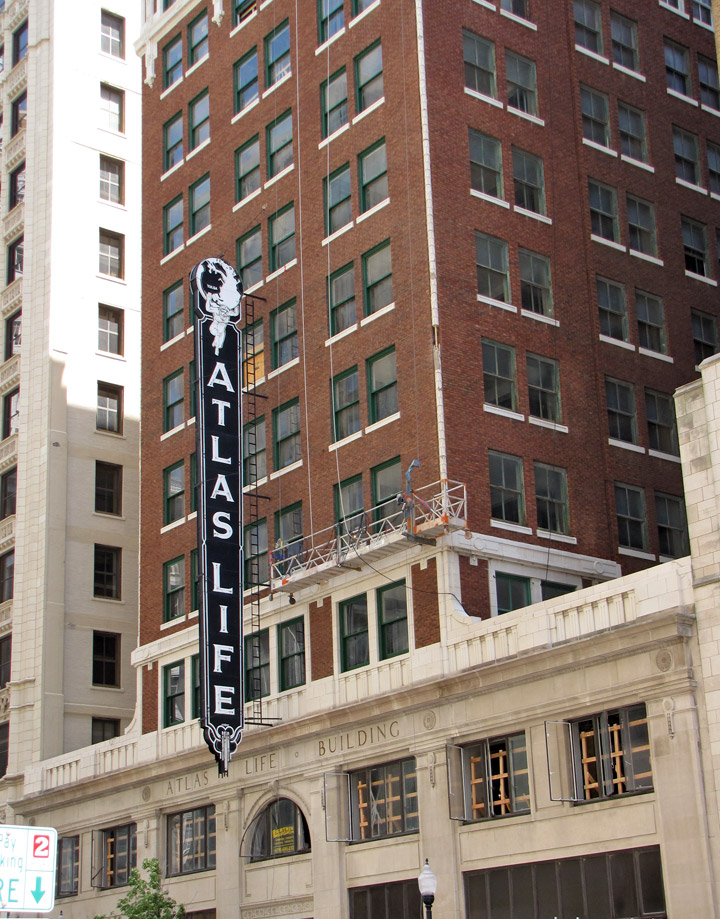
Cain's Ballroom came to be known as the "Carnegie Hall of Western Swing" in the early 20th century.
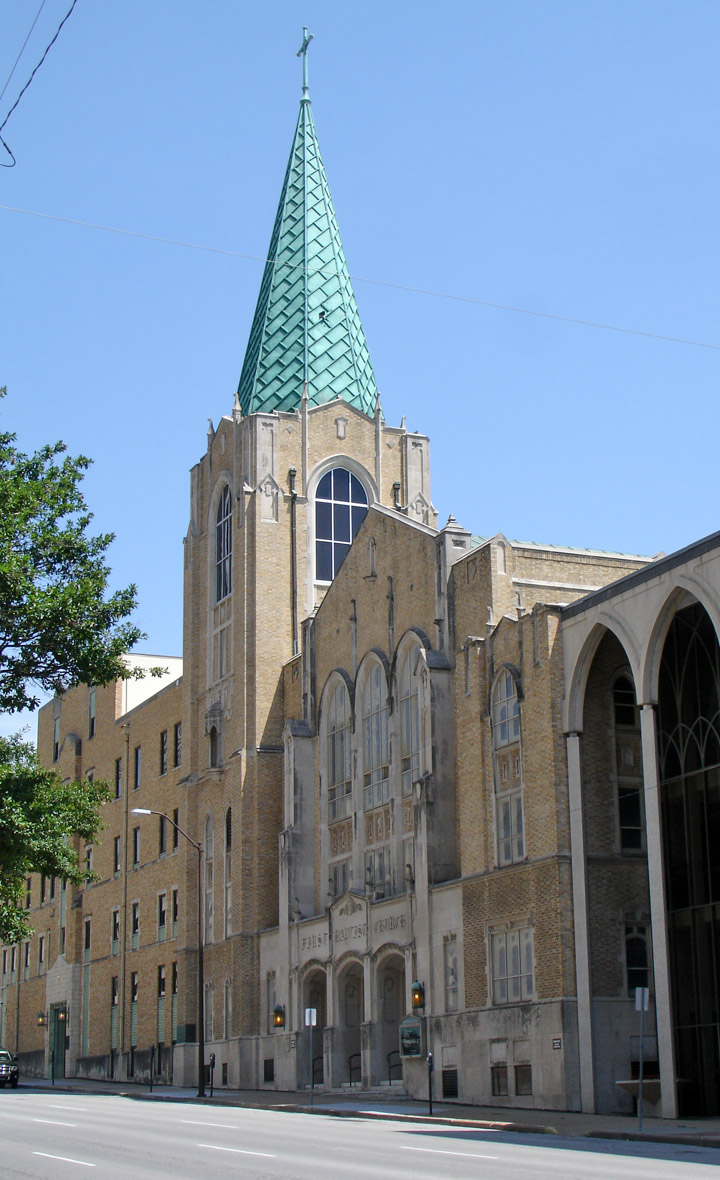
In the early 20th century, Tulsa was home to the "Black Wall Street," one of the
most prosperous African American communities in the United States at the
time. Located in the Greenwood neighborhood, it was the site of the Tulsa
Race Riot, one of the nation's costliest acts of racial violence and civil
disorder. Sixteen hours of rioting on May 31 and June 1, 1921 resulted in
over 800 people admitted to local hospitals with injuries, an estimated 10,000
left homeless, 35 city blocks composed of 1,256 residences destroyed by fire,
and $1.8 million in property damage. Twenty-three black and 16 white citizens
were reported killed, but estimates suggest as many as 300, mostly blacks, died.
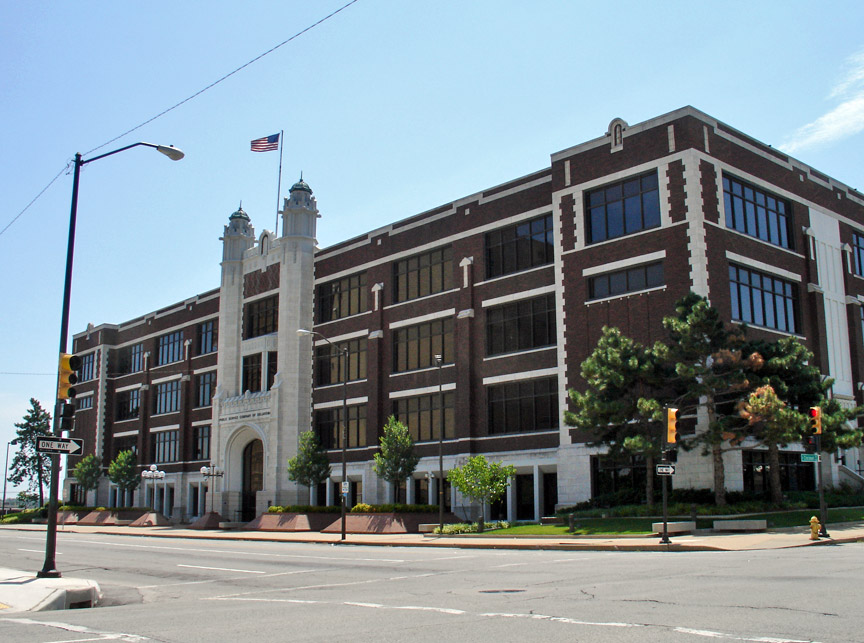

Public Service Company of Oklahoma
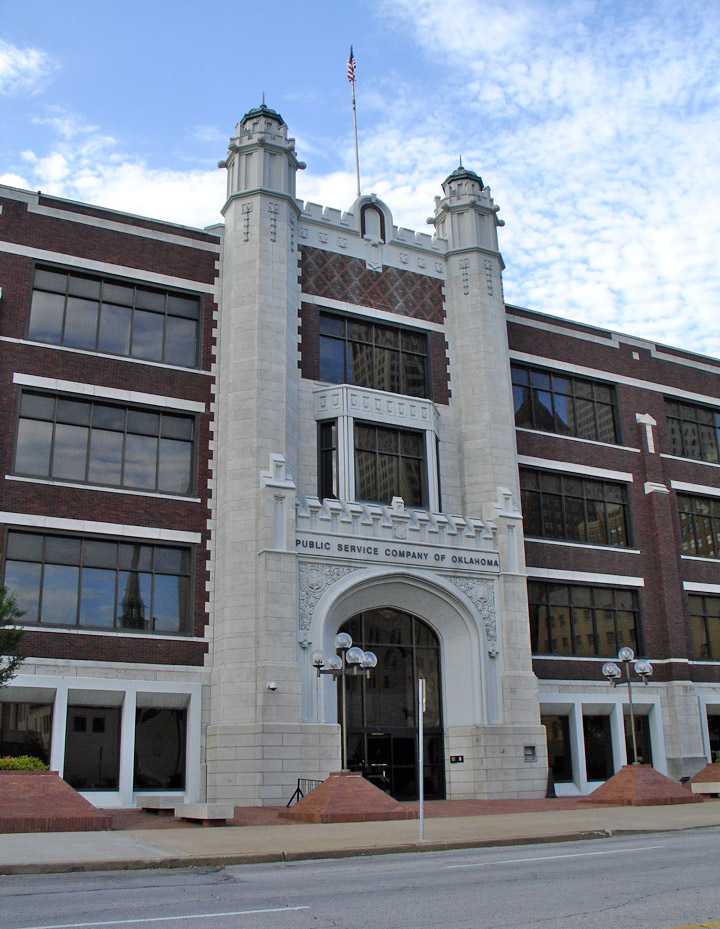
In 1927, Tulsa businessman Cyrus Avery, known as the "Father of Route 66,"
began his campaign to create a road linking Chicago to California by
establishing the U.S. Highway 66 Association in Tulsa, earning the city the
nickname the "Birthplace of Route 66." Once completed, U.S. Route 66 took an
important role in Tulsa's development as the city served as a popular rest stop
for travelers, who were greeted by Route 66 icons such as the Meadow Gold Sign
and the Blue Whale of Catoosa. During this period, Bob Wills and his group The
Texas Playboys began their long performing stint at a small ballroom in downtown
Tulsa. In 1935, Cain's Ballroom became the base for the group, which is largely
credited for creating Western Swing music. The venue continued to attract famous
musicians through its history, and is still in operation today. For the
remainder of the mid-20th century, a master plan called for the construction of
parks, churches, museums, rose gardens, improved infrastructure, and increased
national advertising. The Spavinaw Dam, built during this era to accommodate the
city's water needs, was considered one of the largest public works projects of
the era. In the 1950s, Time magazine dubbed Tulsa "America's Most Beautiful
City."
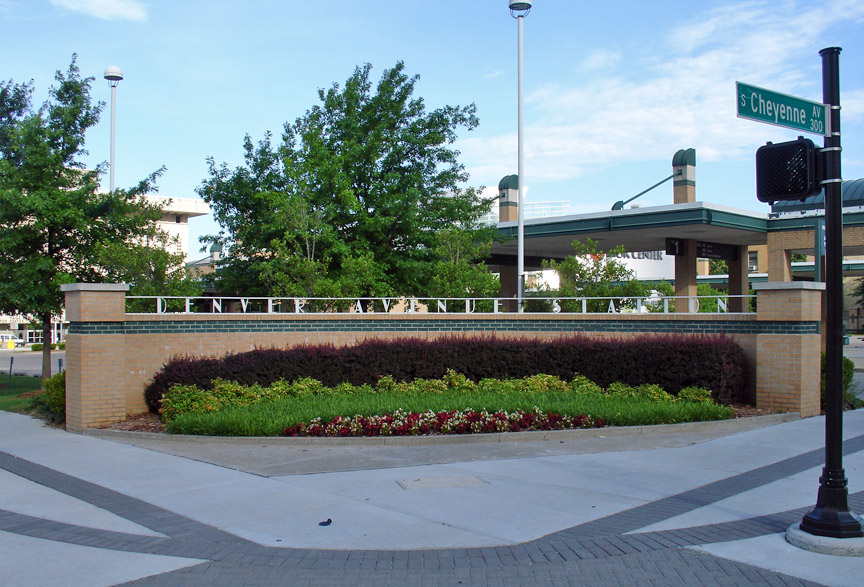
Tulsa Bus Terminal
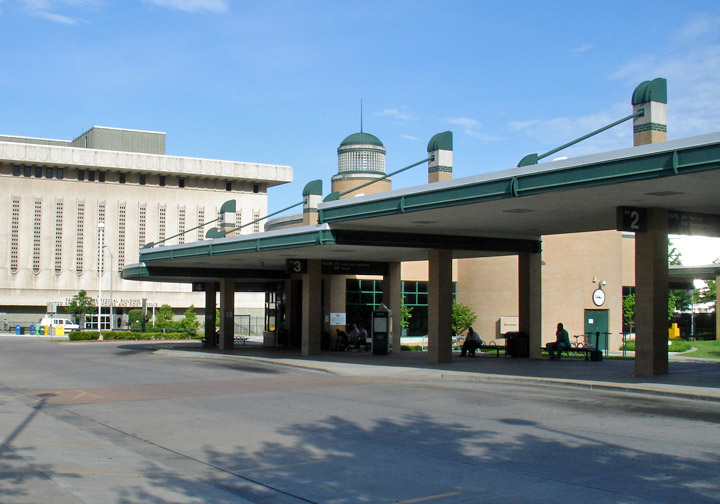
A national recession greatly affected the city's economy in 1982, as areas of
Texas and Oklahoma heavily dependent on oil witnessed a freefall in gas prices
and a mass exodus of oil industries. Tulsa, heavily dependent on the oil
industry, was one of the hardest hit cities by the fall of oil prices. By 1992,
the state's economy had fully recovered, but leaders would attempt to expand
into sectors unrelated to oil and energy.

BOK Center
In 2003, the "Vision 2025" program was approved by voters with the purpose of enhancing and revitalizing Tulsa's infrastructure and tourism industry. The keystone project of the initiative, the BOK Center, was designed to be a home for the city's minor league hockey and arena football teams, as well as a venue for major concerts and conventions. The multi-purpose arena, designed by famed architect Cesar Pelli, broke ground in 2005 and was opened on August 30, 2008. In 2004, the city was selected as the site for the world's largest free-standing statue, to be constructed on Holmes Peak near downtown. Originally slated for completion in 2007, developers in 2007 pledged an unveiling in 2011, with construction beginning in late 2007, though no construction has begun as of 2008. If built, the statue, dubbed "The American", would stand 217 feet (66 m), or about 60 feet (18 m) taller than the Statue of Liberty in New York City. The 21-story monument is anticipated by developers to be a national icon similar to the Gateway Arch, Mount Rushmore, and the Statue of Liberty.

an Art Deco building
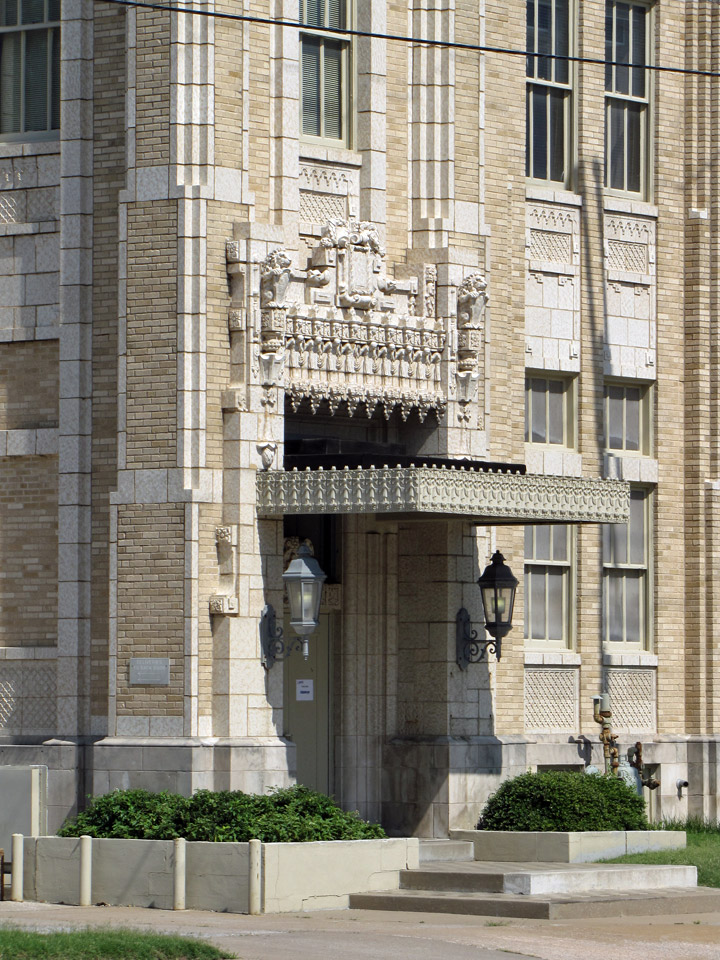
the entrance
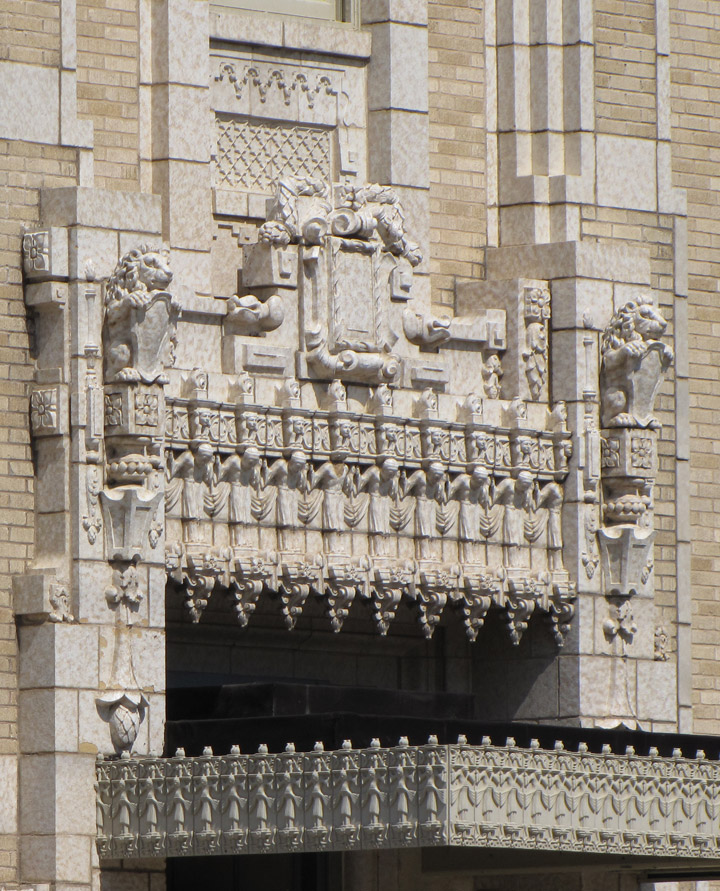
the detail
Photos of the Art Deco buildings recognized by the Tulsa Preservation Commission
A building boom in the early 20th century gave Tulsa one of the largest concentrations of art deco architecture in the United States. Most commonly in the zigzag and streamline styles, the city's art deco is dotted throughout its older neighborhoods, primarily in downtown and midtown. A collection of large art deco structures such as the Mid-Continent Tower, the Boston Avenue Methodist Church, and the Philtower, have attracted events promoting preservation and architectural interest. In 2001, Tulsa served as the host city for the International Art Deco Congress, a semiannual event designed to promote art deco architecture internationally. Building booms in the 1970s and 80s gave the city a larger base of contemporary architectural styles. The BOK Tower, built during this period, is the tallest building in Oklahoma and the surrounding states of Missouri, New Mexico, Arkansas, and Kansas. Tulsa also has the second-, third-, and fourth-tallest buildings in the state, including the Cityplex Tower, which is located apart from the city's central business district. One of the area's unique architectural complexes, Oral Roberts University, is built in a Post-Modern Futuristic style, incorporating bright gold structures with sharp, jetting edges and clear geometric shapes. The BOK Center, Tulsa's new arena, incorporates many of the city's most prominent themes, including Native American, art deco, and contemporary architectural styles. Intended to be an architectural icon, the building was designed by CÚsar Pelli, the architect of the famous Petronas Towers in Malaysia.
Text from Wikipedia

Central Park Hall
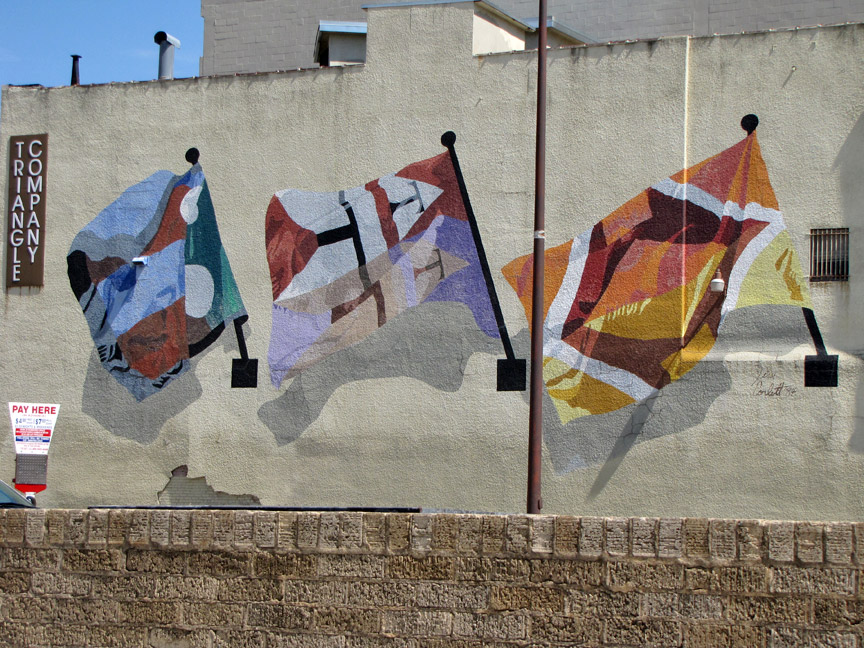
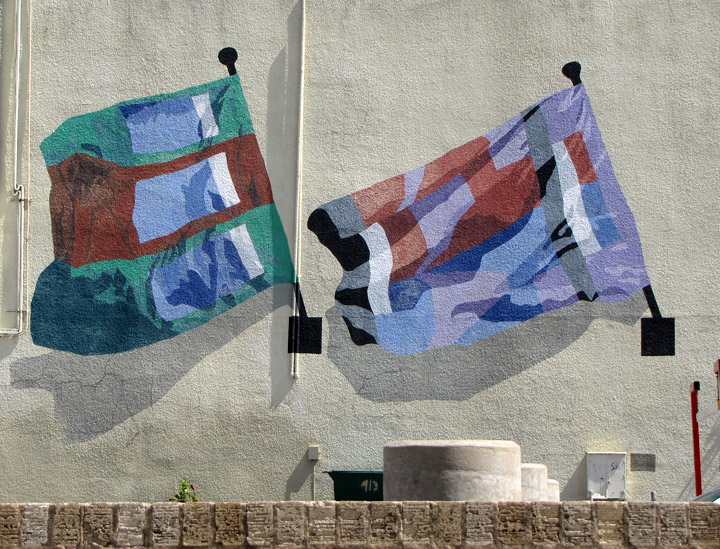
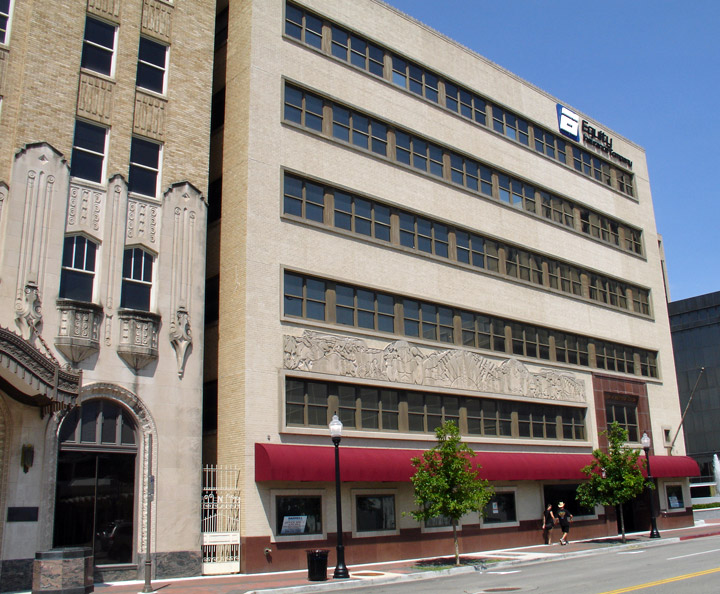
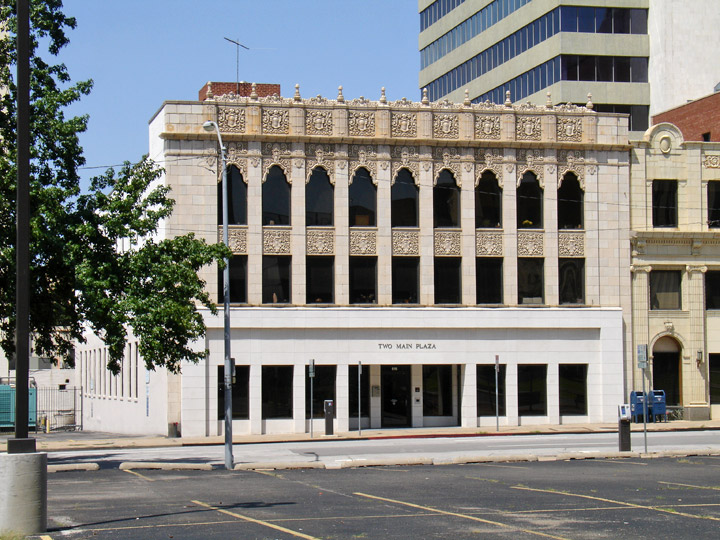
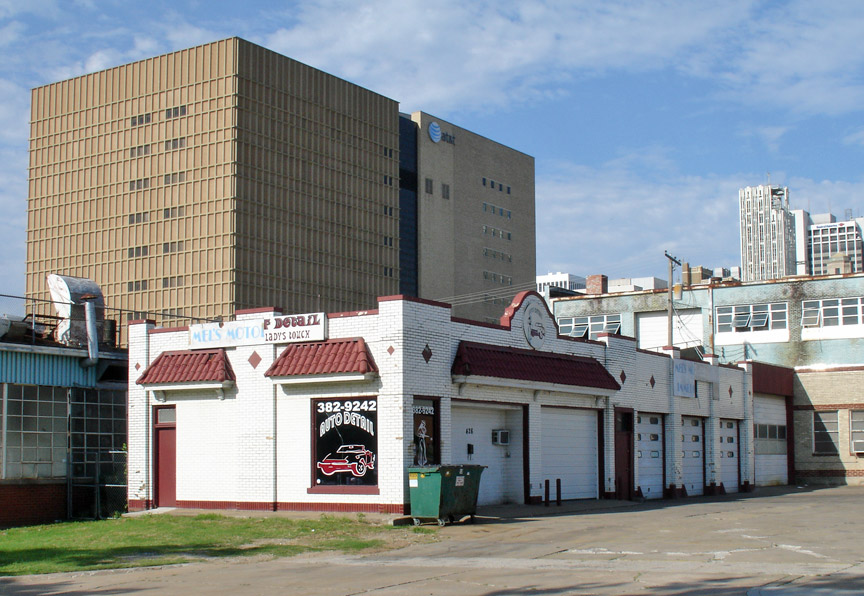
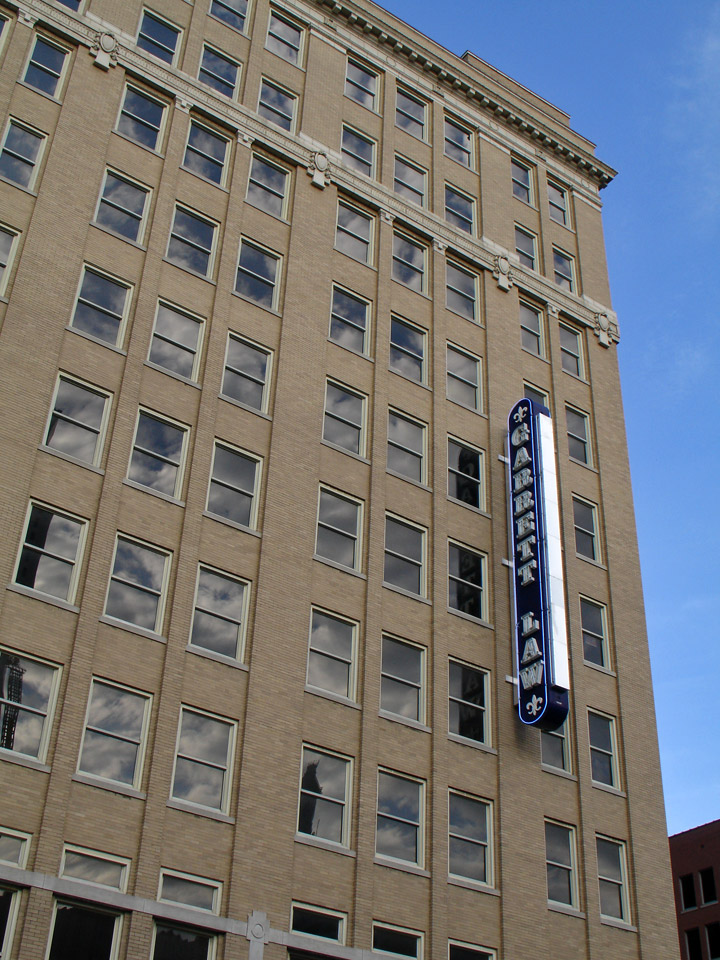
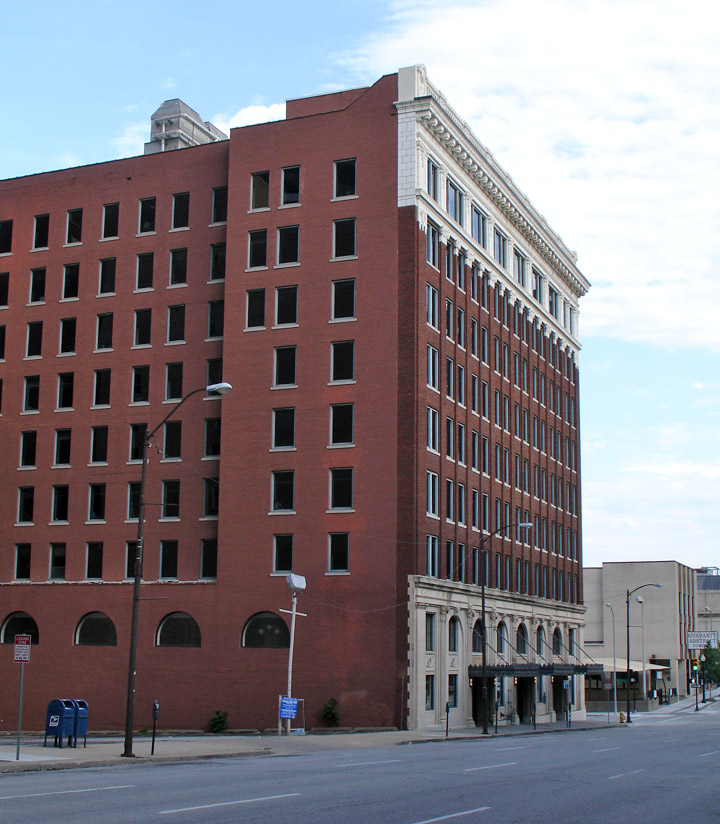
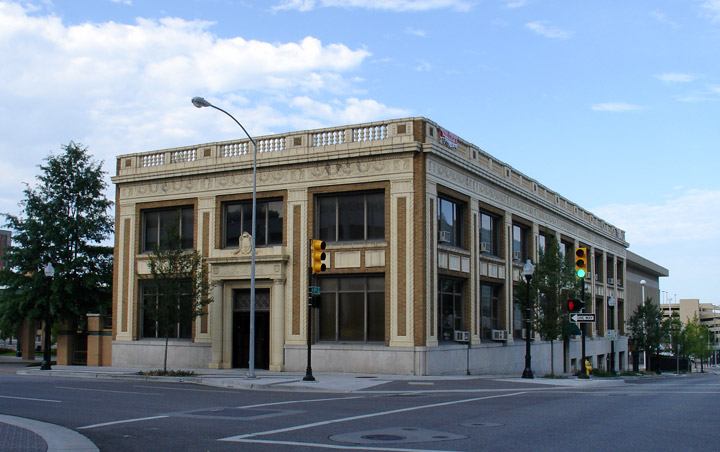
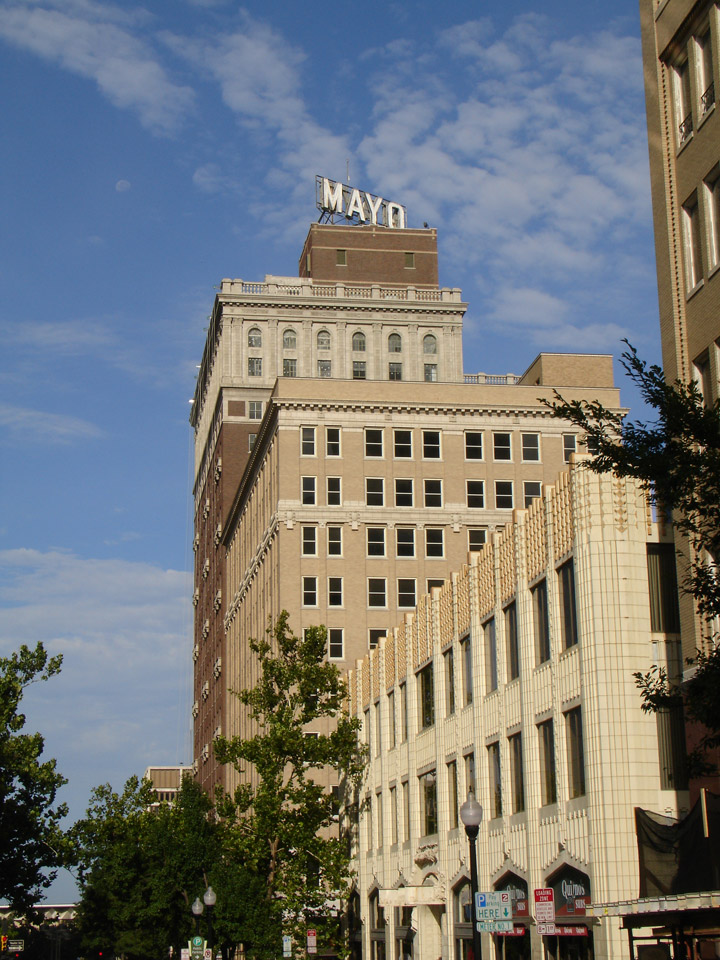
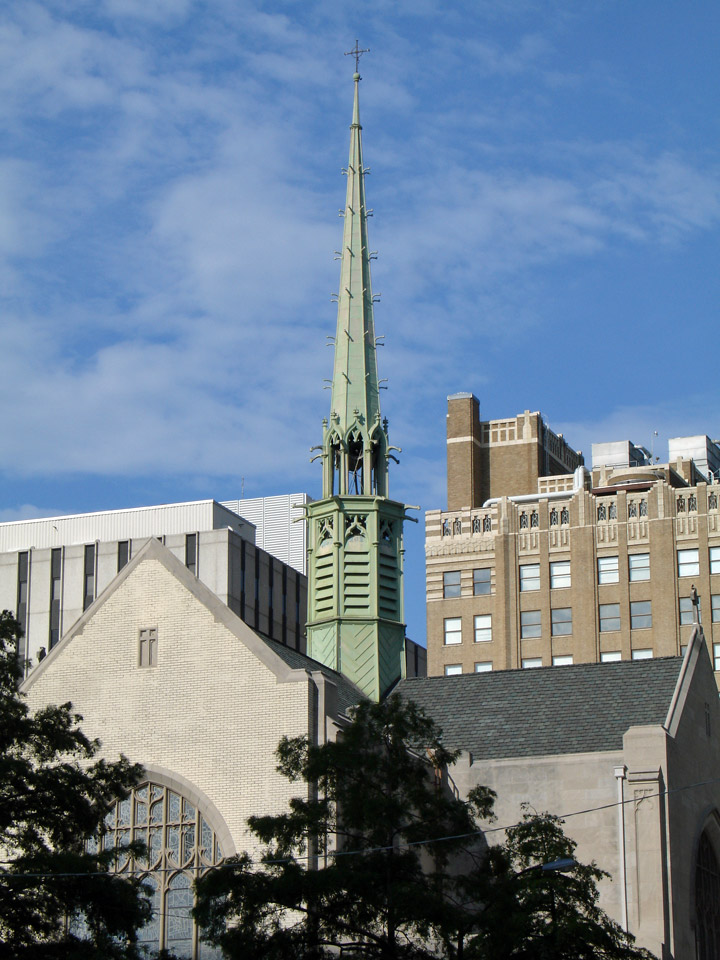
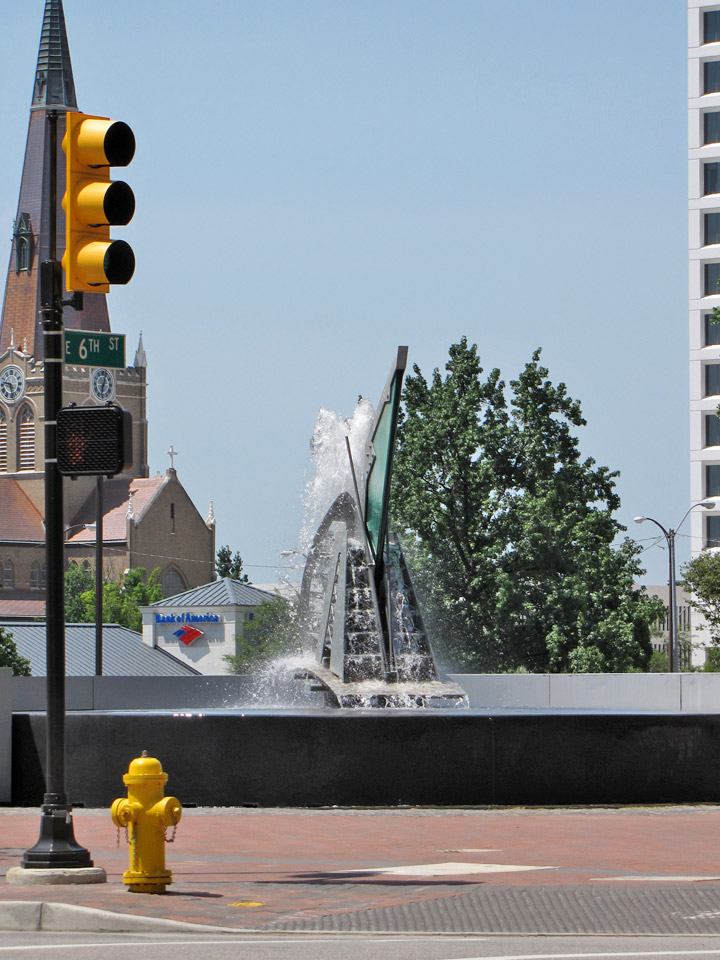
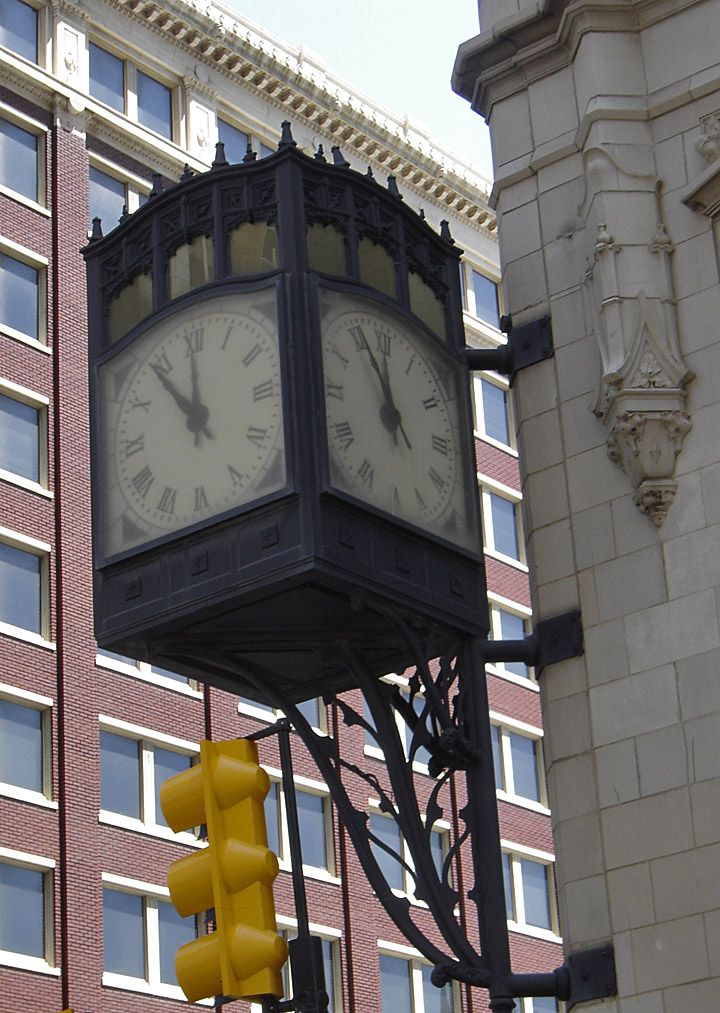

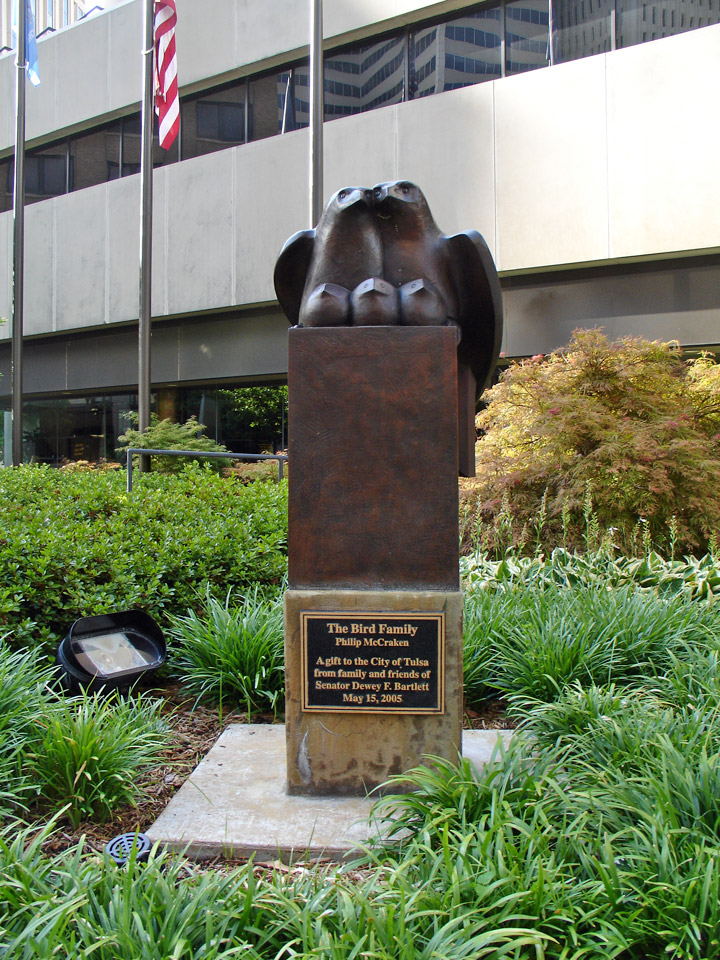
The Bird Family
